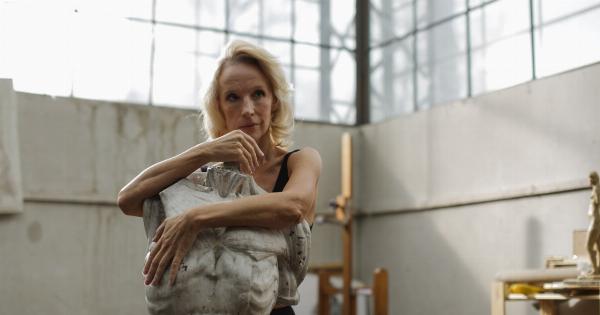As we age, our bodies become more fragile, making us more prone to accidents and injuries. One common injury among older adults is broken bones. While a broken bone may seem like a minor issue, it can actually have serious consequences for older adults.
It is essential to recognize the hidden dangers associated with broken bones in the elderly and take necessary precautions to prevent them.
The Impact of Broken Bones on Older Adults
When an older adult breaks a bone, the first concern is typically the pain and discomfort associated with the injury. However, there are several other potential dangers that can arise from a broken bone in an elderly individual.
1. Immobility and Muscle Weakness
After breaking a bone, older adults may become immobile due to pain and limited mobility. Immobility can lead to muscle weakness, as the affected limb is not being used.
The longer an individual remains immobile, the weaker their muscles become, making it even harder to regain mobility and strength after the bone has healed.
2. Increased Risk of Falls
Broken bones can significantly increase an older adult’s risk of experiencing future falls. When a bone is weakened or healing, it may be more susceptible to further injury in the event of a fall.
Additionally, the fear of falling again can lead to reduced physical activity and a sedentary lifestyle, further increasing the risk of falls and fractures.
3. Poor Bone Healing
The healing process for broken bones is generally slower in older adults compared to younger individuals.
This delayed healing can be attributed to age-related factors such as reduced blood flow, decreased production of new bone cells, and impaired tissue repair. As a result, older adults may experience complications during the healing process, leading to prolonged recovery times and potential long-term pain and disability.
4. Loss of Independence
Broken bones can significantly impact an older adult’s independence. The immobility and potential complications associated with a fracture can make it challenging to perform daily activities such as cooking, cleaning, and personal care.
This loss of independence can lead to a decreased quality of life and potentially contribute to feelings of depression and isolation.
5. Increased Healthcare Utilization and Costs
Older adults with broken bones often require extensive medical care and rehabilitation services. These services can include surgeries, hospital stays, physical therapy, and follow-up appointments.
The increased healthcare utilization and associated costs can place a significant financial burden on both the individual and the healthcare system.
Preventing Broken Bones in Older Adults
While accidents can happen, there are steps that can be taken to reduce the risk of broken bones in older adults.
1. Regular Exercise and Strength Training
Regular exercise and strength training can help improve balance, coordination, and muscle strength, reducing the risk of falls and fractures.
Engaging in activities such as walking, swimming, and tai chi can enhance overall physical fitness and promote healthy bones.
2. Home Modifications
Modifying the home environment to reduce fall risks is essential. Installing grab bars in bathrooms, securing rugs and carpets, and improving lighting can make a significant difference in preventing falls and potential fractures.
3. Adequate Nutrition
A balanced diet rich in calcium and vitamin D is vital for maintaining bone health. Calcium helps strengthen bones, while vitamin D aids in the absorption of this essential mineral.
Including dairy products, leafy greens, and fortified foods in the diet can ensure adequate intake of these nutrients.
4. Fall Prevention Measures
Implementing fall prevention measures, such as removing clutter, using mobility aids, and wearing appropriate footwear, can help older adults avoid accidental falls that could lead to broken bones.
5. Regular Health Check-ups
Regular health check-ups can help identify any underlying medical conditions or medication side effects that may increase the risk of fractures. Addressing these issues promptly can minimize the chances of sustaining a broken bone.
Conclusion
While broken bones may appear to be a common occurrence in older adults, they can have significant hidden dangers.
From immobility and muscle weakness to the risk of falls and poor bone healing, the consequences of broken bones can be detrimental to an older adult’s overall health and well-being. Taking preventive measures, such as regular exercise, home modifications, and maintaining a healthy diet, is crucial in reducing the risk of fractures in this vulnerable population.
By prioritizing bone health and safety, older adults can maintain their independence and enjoy a better quality of life.































